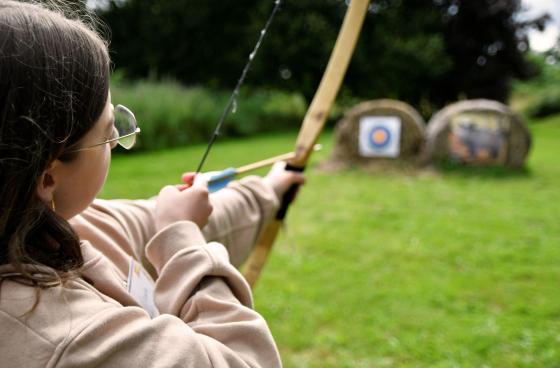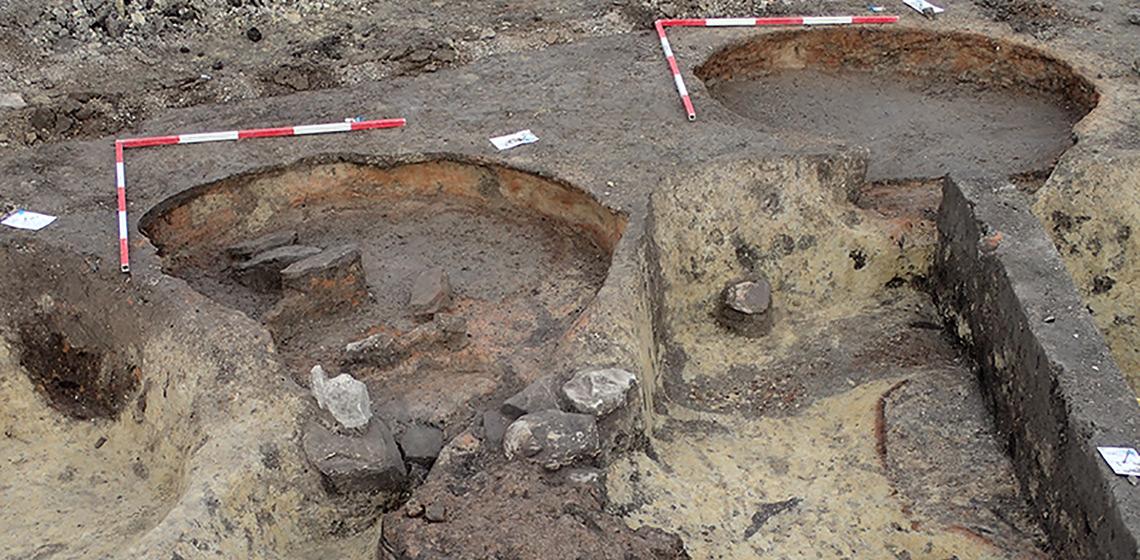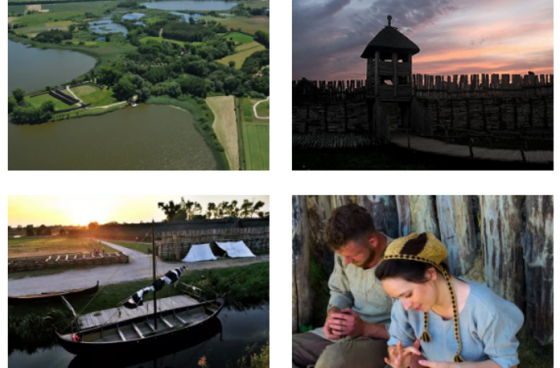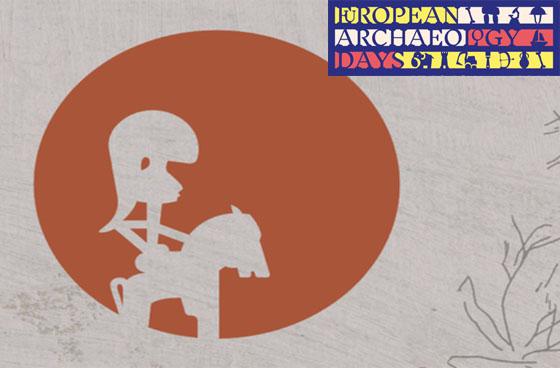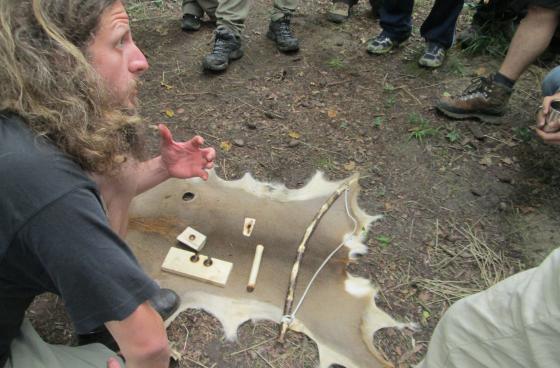Palaeolithic
Stone Age Competition
You, the big and small visitors to the Stone Age Park, will be able to try out your Stone Age skills in various disciplines at several stations!
These include dugout canoeing, archery and more! There are attractive prizes to be won !
Opening Archäo Basis
The MAMUZ Schloss Asparn/Zaya will open the new ARCHÄO BASIS on Saturday, August 20, 2022 - a unique journey of discovery through 40,000 years of human history in Central Europe.
Phoebe Baker BA MSc
I have a BA in Archaeology from the University of Liverpool and an MSc in Early Prehistory and Human Origins from the University of York.
Maria Eduarda Vilela e Donegá
I am an archaeology undergraduate student at Pontifícia Universidade Católica de Goiás (Goiás, Brazil). My studies started back in 2019.
Magyar Nemzeti Múzeum - Nemzeti Régészeti Intézet (HU)
The Hungarian National Museum was founded in 1802 and is the national museum for the history, art and archaeology of Hungary. It’s collections, exhibitions and affiliates present an overall view of the archaeology and history of the country.
Until 2022 archaeological research, excavation work and presentation were assigned to two separate units within the National Museum. One of these was the Department of Archaeology, which conducts excavations and research of outstanding national significance (like for eg. Vértesszőlős, Kölked-Feketekapu, Heténypuszta, Zalavár, Doboz, Feldebrő, Gyula Castle, etc.). In addition to their research, the members of the department take part in university teaching and in the organisation of scientific life.
The Long June Weekend at Biskupin
During this time, an interesting offer of shows awaits you. You will get to know people's lives from the Stone Age to the Middle Ages. You will also see folk craftsmen. The Archaeological Reserve is a vast area that allows you to spend time in charming corners of reconstructed settlements, surrounded by nature, in the immediate vicinity of a lake and a rich tree stand.
EAD22 at the Museu de Prehistòria de València
Guided tour
40,000 BC: Mammoth Hunters, Celts and Co.
Over two days, you can experience the everyday life of our ancestors from the Paleolithic to the early Middle Ages in the archaeological open-air area: authentic camp life, exciting exhibition fights, demonstrations of historical crafts, hands-on stations, music and much more create a unique spectacle.<
Experience Weekend: Survival
Attention survival fans! At the "Survival" experience weekend, visitors acquire valuable knowledge and skills for surviving in the wilderness, which early hunter-gatherer cultures used for themselves. In the archaeological outdoor area of MAMUZ, nature and wilderness trainer Alex


